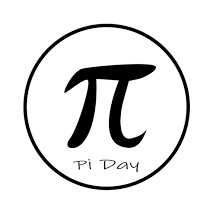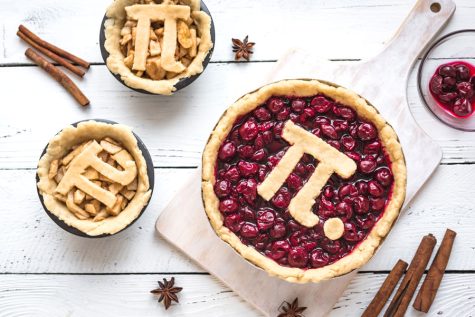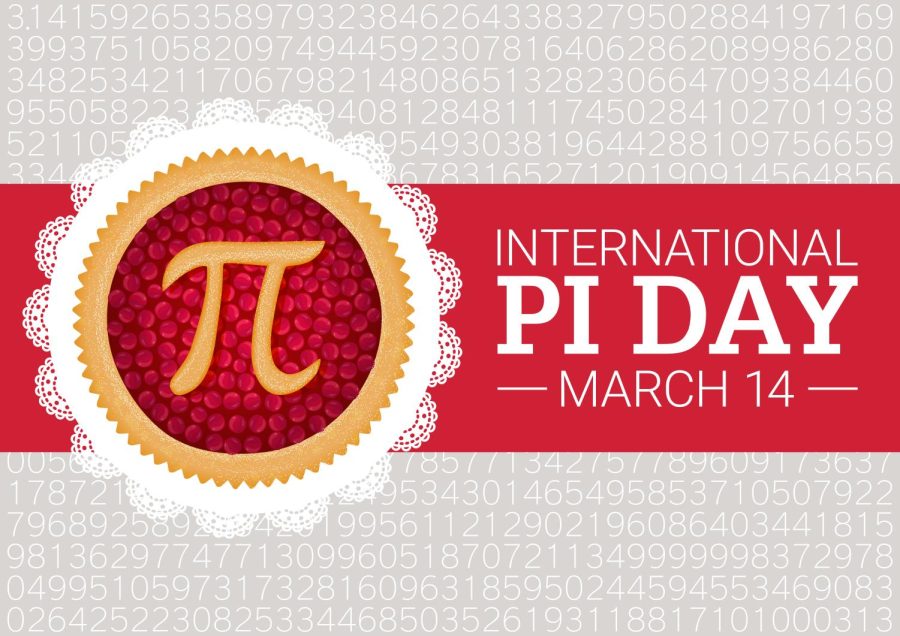Pi Day Project — Celebrated Keystone Style
On March 14th, math nerds unite for a day of pretending to bake (or otherwise just heading to a store), rattling hundreds of digits from memory, and flaunting the superiority of pi to the tau supporters. As minutes ticked towards pi time, March 14th 1:59, Yousuf and I decided there was no other way to celebrate pi than to estimate it. With paper clips.
The method of estimation was simple: we used a napkin in Mr. Nydegger’s lab and borrowed his box of paper clips (with exactly 60 paper clips). On the napkin, we drew lines exactly two paper clips apart. Then we found anyone we could to help us with the experiment by simply tossing the paper clips on the napkin then leaving the analysis to us. After counting the number of paper clips touching the lines, we calculated the proportion of total paper clips to paper clips touching the line, a ratio which should be approximately pi. We calculated both the person’s individual estimation, then the cumulative ratio.
 In all, we had ten students and teachers estimate pi, coming to a total cumulative estimation of 2.93 (205 out of 600 paperclips on the line). This was about 14 paperclips away from the ideal value of 191 paperclips, resulting in an estimate of 3.1414 for pi. The closest individual estimations were 60/20 = 3 and 60/18 = 3.33. (Surprisingly, no one was able to get the best estimate, 60/19 = 3.16.) The closest cumulative score was 3.06.
In all, we had ten students and teachers estimate pi, coming to a total cumulative estimation of 2.93 (205 out of 600 paperclips on the line). This was about 14 paperclips away from the ideal value of 191 paperclips, resulting in an estimate of 3.1414 for pi. The closest individual estimations were 60/20 = 3 and 60/18 = 3.33. (Surprisingly, no one was able to get the best estimate, 60/19 = 3.16.) The closest cumulative score was 3.06.
To anyone passing by, they might call this mathematics sorcery, confused at where pi emerges from tossing paper clips on a napkin. In short, this actually derives from the rotation of the paperclips themselves: since they can rotate 2π radians, the 2 cancels out with the lines being two paper clips (radii) apart. That leaves the probability to be π. (It is a lot more complicated with a double integration, so I recommend checking out the Numberphile video for more details.)

This experiment was imitating an experiment done with matches on Numberphile (which was originally done with needles) and is one of my personal go-to math tricks for pi day. Some sources of potential error for our experiment were the paper clips being far thicker than matches and needles and having odd space in between leading to a disproportionate weight and a slightly higher chance that the paperclip will touch the line. Regardless, our estimate approached pi which was an undoubted success.
Huge thank you to everyone who contributed (joining under the pretense of “helping with an experiment”) and helping us estimate pi!

Shreya Chaudhary is a senior planning to major in data science or computer science. She interns with TigerGraph, promotes and tutors women in STEM through...

